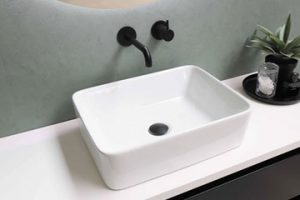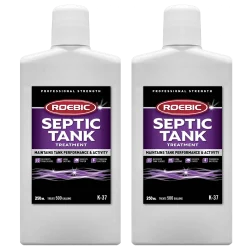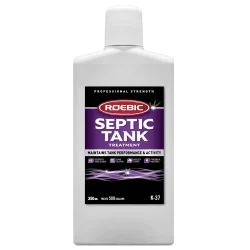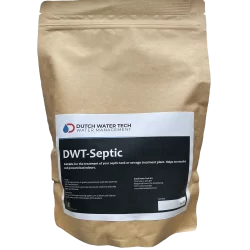Home » Knowledge base » Grey Wastewater Definition
Grey Wastewater Definition
What is Grey Water?
Grey water is household wastewater that does not come from the toilet. Grey water is therefore basically wastewater from household appliances such as showers, washing machines and kitchens. It gets its name from the gray color it gets, because it has been standing still for a while. This grey water is known for the smelly odour that this type of water causes. This smell is often caused by anaerobic decomposition and decay of organic substances such as soap scum in the water.
Bacteria for water purification
Grey water consists of a collection of bath water, shower water, washing machine water, dishwasher water and water from the sink in the kitchen. In practice this means all the water that is flushed away in the house (except for the toilets). Grey water has a very diverse composition compared to other wastewaters. This is of course due to the fact that many different systems are connected to it. This water can consist of the following substances, among others:
- Soap residue
- Metal particles from the pipes
- Copper particles from the pipes
- Cosmetics
- Hair
- Skin Flakes
- Fat
- Cleaning products
- Food waste
- Detergent/Dishwasher detergent

“Roebic products are highly effective, 100% organic and contain the very microorganisms that support the bacteria in these purification systems.”
How do I prevent and remedy a bad smell in a grey water tank?
To prevent this pit smell, it is important to regularly maintain the holding tank that collects the grey water. Roebic products contain all the ingredients necessary to remedy and prevent these odours. Roebic products are based on patented bacteria that break down soap scum and other household waste in the grey water. In addition, these bacteria are aerobic. This means that there is no rotting smell and the pit smell can be remedied. These products are ideal for use in holding tanks on boats and motor homes, for example.
Roebic products are very effective, 100% biological and contain exactly the micro-organisms that support the bacteria in these purification systems.
Our recommended products for your waste water tank
-
DWT-Septic Plus – Septic Tank Bacteria – 1kg
Cesspool Bacteria Treatment £57.45 £47.88 (excl. VAT) Add to basket -
Septic Tank Bacteria Booster | Concentrated Formula
Septic tank bacteria £51.45 £42.88 (excl. VAT) Add to cart -
Roebic K37 Septic Tank Treatment | Concentrated Formula
Septic tank bacteria £27.95 £23.29 (excl. VAT) Add to basket -
DWT-Septic – Septic Tank Additives – 1kg
Cesspool Bacteria Treatment £46.95 £39.13 (excl. VAT) Add to basket





